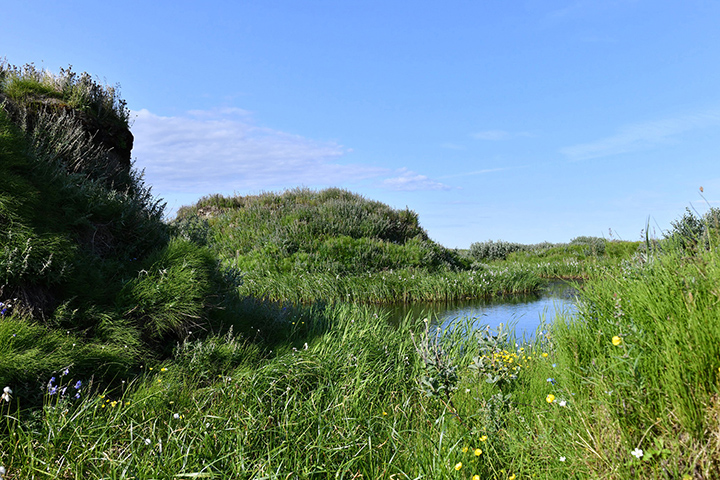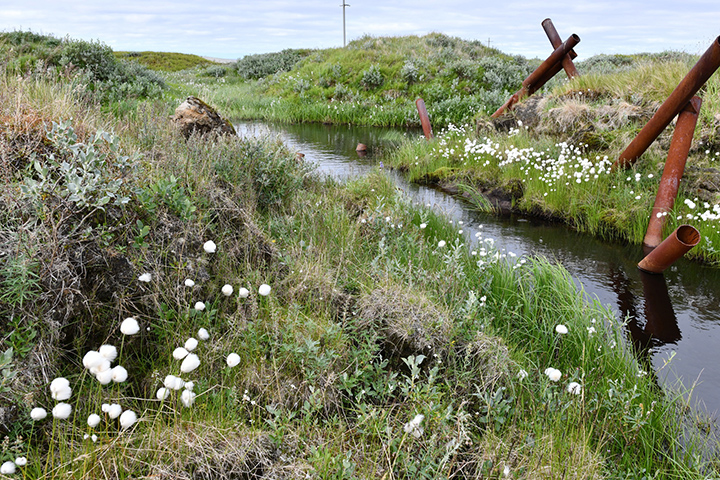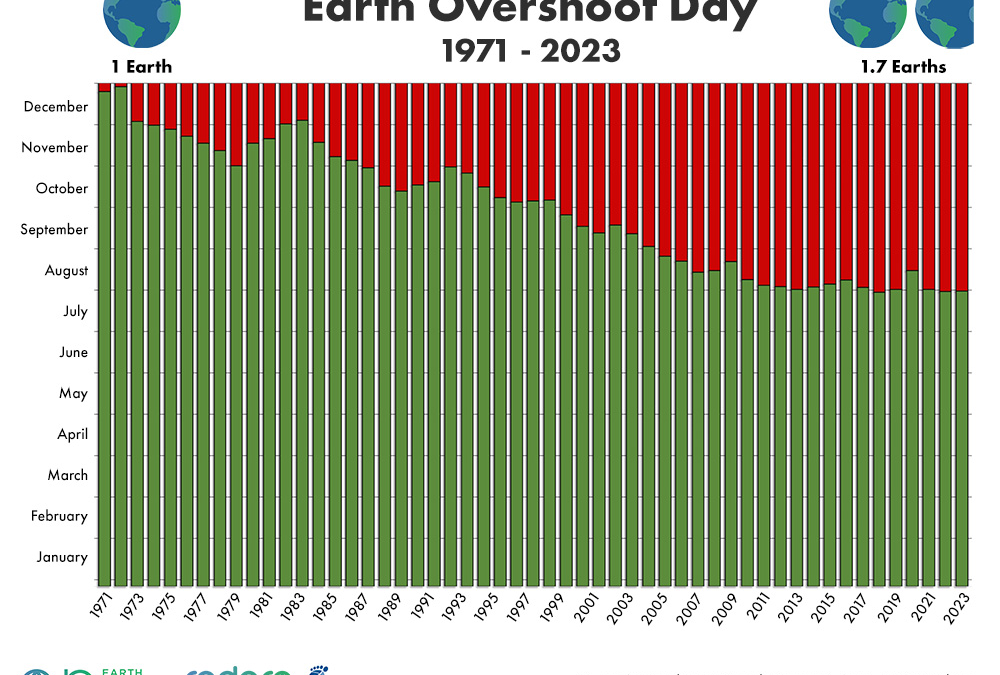Poppies, dandelions, and daisies bloom in never-before-seen Arctic oases

By Olga Gertcyk
16 October 2019
(The Siberian Times) – ‘Blooming’ might be the last word to associate with the Arctic, yet pictures below show meadows bursting with life as brightly-coloured flowers blossom in lush green grass.
And while vegetation in khasyreis, basins of drained Arctic lakes, is less of a surprise, researchers discovered ‘bursts of life’ next to a residential settlement where permafrost ice veins were broken when people dug sand pits.
The photographed area is 70th parallel north – with a distance to North Pole of only 1043 miles – where Russia has its northernmost residential settlements of Western Siberia.
There, in bleak Arctic tundra summer-2019 expedition organised by Tomsk State University found oases of rich vegetation formed in places of actively thawing permafrost.

As researchers explained, initially ice veins in permafrost were broken when people dug sand pits.
Over time disturbed permafrost thawed and enriched soil with minerals from its deep frozen layers. As soil above permafrost continued to move, broken cover of moss and lichen also subsided, preparing space for seeds of herbs and cereals.
Warm summers sped up seeds germination, so that when Russian researchers arrived they saw carpets of herbs and flowers, with daisies, dandelions, polar poppies, horsetail, several types of wormwood, cereals and even willow growing in Arctic ‘oases’.

It all came as a surprise as the expedition travelled to the Yamal peninsula with a different aim – to study dried-up basins of local lakes, or ‘Khasyreys’ – and didn’t expect to see signs of such active vegetation elsewhere.
‘Khasyreis usually form over quite a long time, in decades actually’, said Sergey Loiko, senior researcher at laboratory for biogeochemical and remote methods of monitoring the environment at Tomsk State University (TSU).
Nowadays as Tomsk expedition confirmed, Khasyreys take just weeks to form.
In summer 2016 which was quite hot, one lake drained entirely in less than a month through gaps in thawing permafrost. By the time Tomsk expedition arrived to the lake its bed was covered with herbs and cereals. [more]
Poppies, dandelions and daisies bloom in never before seen Arctic oases


